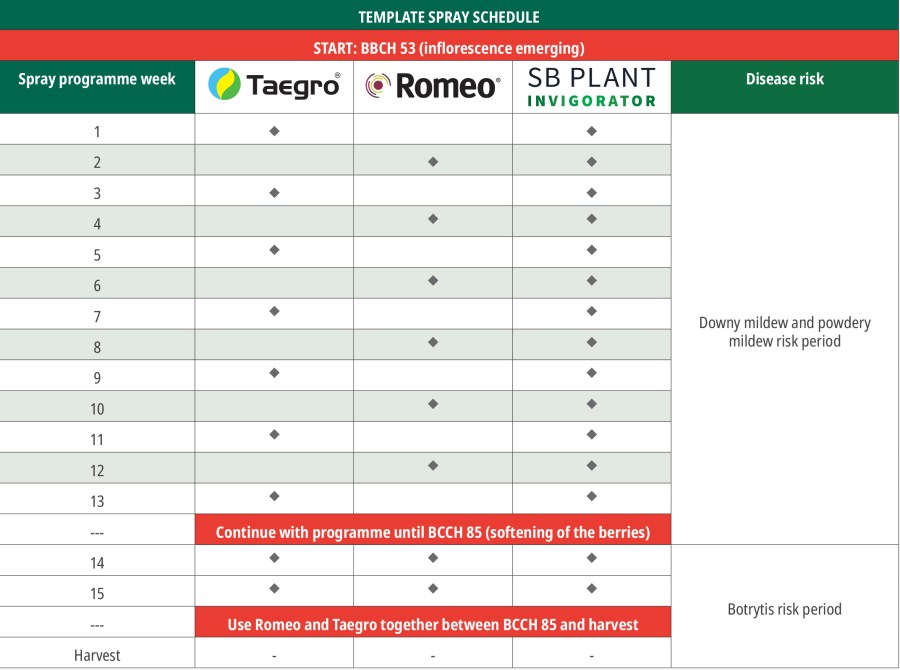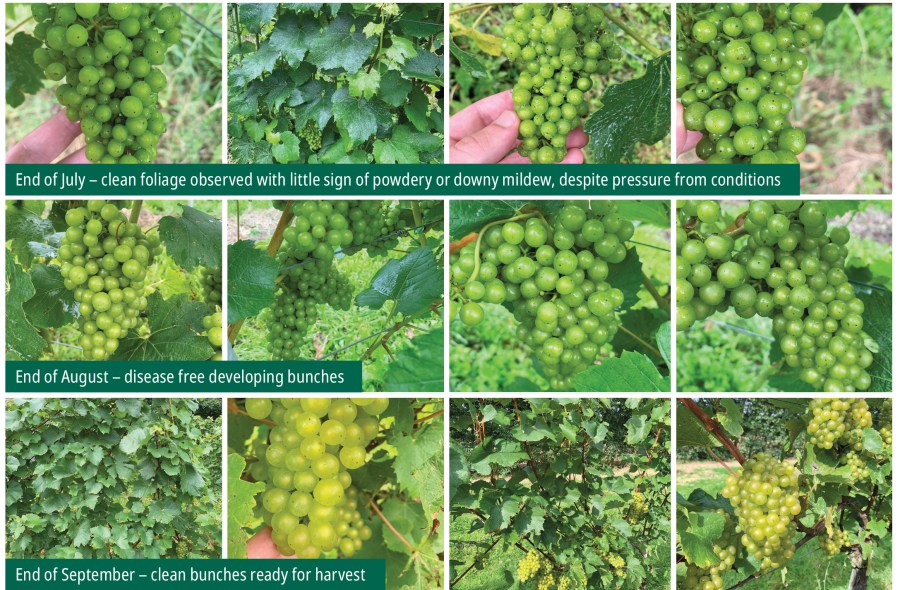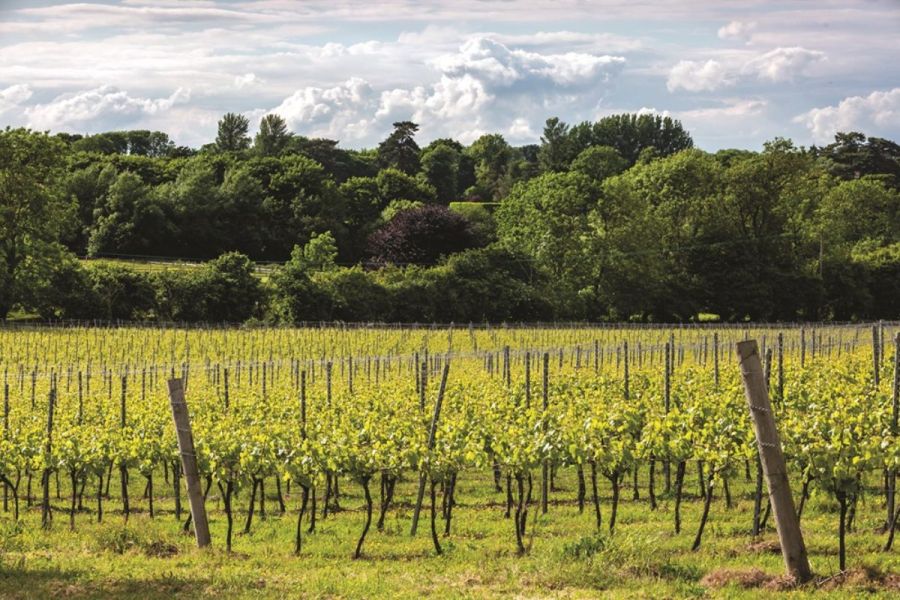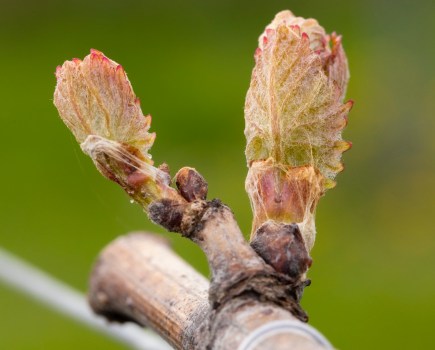Disease management is a persistent issue in wine grape growing. At present, disease control is reliant on conventional chemical fungicides, however, these programmes are expensive, ecologically damaging and are experiencing an increase in resistance to key active ingredients. Biopesticides represent an environmentally and financially sustainable solution to this problem.
Biopesticide use is yet to be widely adopted in the sector – but by using them we’ve achieved a high level of broad-spectrum control that is free of the risk of resistance. All whilst satisfying consumer demand for wines that are produced to a high environmental standard. The following programme outlines how you can protect your crop in an ecologically friendly and low-cost manner to produce high quality wines that keep both the environment and the consumer happy.
Fargro’s ecological spray programme
Our programme combines three biopesticides (Taegro, Romeo,
SB Plant Invigorator).
Modes of action
- Taegro, Bacillus amyloliquefaciens strain FZB24 – Bacteria colonises the plant surface and secretes anti-fungal compounds to inhibit establishment of spores.
- Romeo, Cerevisane (denatured brewers yeast) – Denatured yeast cells are recognised as fungus by the plant and elicit natural plant anti-pathogen defences.
- SB Plant Invigorator, Mix of ecologically friendly and phyto-safe surfactants – Degrades fungal hyphae and spores.
How does it work?
Starting at BBCH 53 (inflorescence emerging), Taegro is used first to establish a protective population of bacteria on the plant surfaces. This is then alternated weekly with Romeo to prolong the efficacy until the next Taegro application. SB Plant Invigorator is used throughout the spray programme, for its physical mode of action against powdery mildew, to facilitate physical compatibility, and to help with Taegro establishment on the leaf.
Once BBCH 85 (softening of the berries) is reached, Taegro and Romeo are applied together to give strong protection of the grapes as harvest approaches. This is due to increased risk of botrytis when sugar levels are high.
Benefits of programme
- Lower cost than conventional programmes
- Application is easy and practical
- No chemical residues on product
- No damage to environment and beneficial soil life
- No exposure of staff to chemical pesticides
- Biopesticides that work with natural plant defences increase levels of desired polyphenols
The programme in practice
We trialled the spray programme at a well-known vineyard in West Sussex in 2023. The spray programme delivered exceptionally high levels of control of powdery mildew, downy mildew and botrytis – performing equally well as the conventional programme in the adjacent rows and blocks. 99.6% of the bunches from the trial were harvested with a loss of only 0.4% to pests, disease and cultural issues combined.
- Application area: 0.3ha split evenly across two adjacent fields, 75m elevation, west facing
- Crop: Grapevine, variety: Chardonnay
- Target application type: Boom spray (tractor mounted)
- Spray start date: Week commencing 26.06.2023
- Harvest: Week commencing 02.10.23
- Water rate: 500L/ha


Notes:
- Apply in tank mix and always add SB Plant Invigorator first
- For best results apply in late afternoon/evening
- Amount of applications is liable to change depending on development of crop
- Programme can be extended should harvest dates change – please be conscious of harvest intervals and application limits on production labels
- Two sprays of copper and sulphur were done at the woolly bud stage
Taegro MAPP Number 19204 Romeo MAPP Number 19170. Use plant protection products safely. Always read the label and product information before use.
Further detail on warning symbols and phrases is included on the labels and leaflets.





